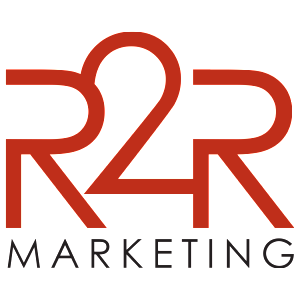When your company is growing through acquisitions there are several options for strategic marketing.
R2R has developed specialized expertise as the marketing team for equity-owned companies that are in growth mode through acquisitions and ramping up sales efforts. When it comes to acquisitions there are unique marketing challenges that stem from blending, or not blending, two companies and multiple brands into a single entity that is understood by the customer base.
In general we see three types of acquisition marketing strategies: immediate brand consolidation, slow blending, and continued independence. Each requires a specific marketing approach prior to, during and following the acquisition.
Immediate Brand Consolidation: When the acquiring brand has more value and significant brand recognition in the target market, there’s a strong case for immediately folding the new company into the parent brand. We see this most often when the acquisition is designed to expand service areas or product geographic markets, or is primarily driven by real estate, equipment or inventory. Immediate consolidation can also be favorable when taking over a failing business, or one with a poor reputation.
When executing this strategy, one day the company operates under the old name, and the next it’s rebranded under the new company. Of course there are timely employee, customer and prospect communication plans to support this approach.
Slow Blending: This feels more like a merger to customers, in that the acquired business is generally co-branded for a period of time in an effort to transition brand goodwill and customer loyalty to the acquiring company. Websites, social media accounts, business directories and sometimes product names evolve over time. How much time depends on the perceived value of the acquired brand. In some cases we’ve guided clients through this process over the course of a year. Other circumstances may shrink that time window to 60 days.
Continued Independence: There are many valid reasons for keeping an acquired company’s branding intact. We consider this approach when the acquired brand’s value is equal to or stronger than the acquiring company, when the brands serve different markets, and when the business will be flipped, to share a few examples.
This is often the easiest acquisition from a marketing perspective. This approach can also create opportunities to pursue additional acquisitions and fold them under the initial acquisition’s brand, leveraging sales and service expertise for faster growth. Essentially growing through two or more quasi-independent brands or divisions.
Regardless of the branding approach, it’s important to partner with an agency that understands the unique needs and challenges that come with an acquisition. An experienced firm will ask questions about digital assets, audit websites and ad campaigns, and develop strategies and tactics that help improve ROI, and minimize pitfalls.





